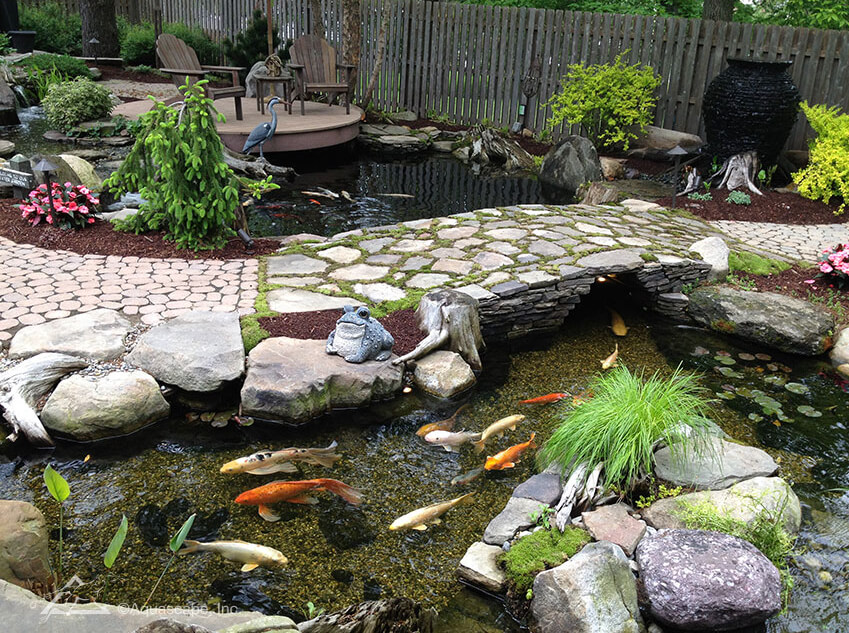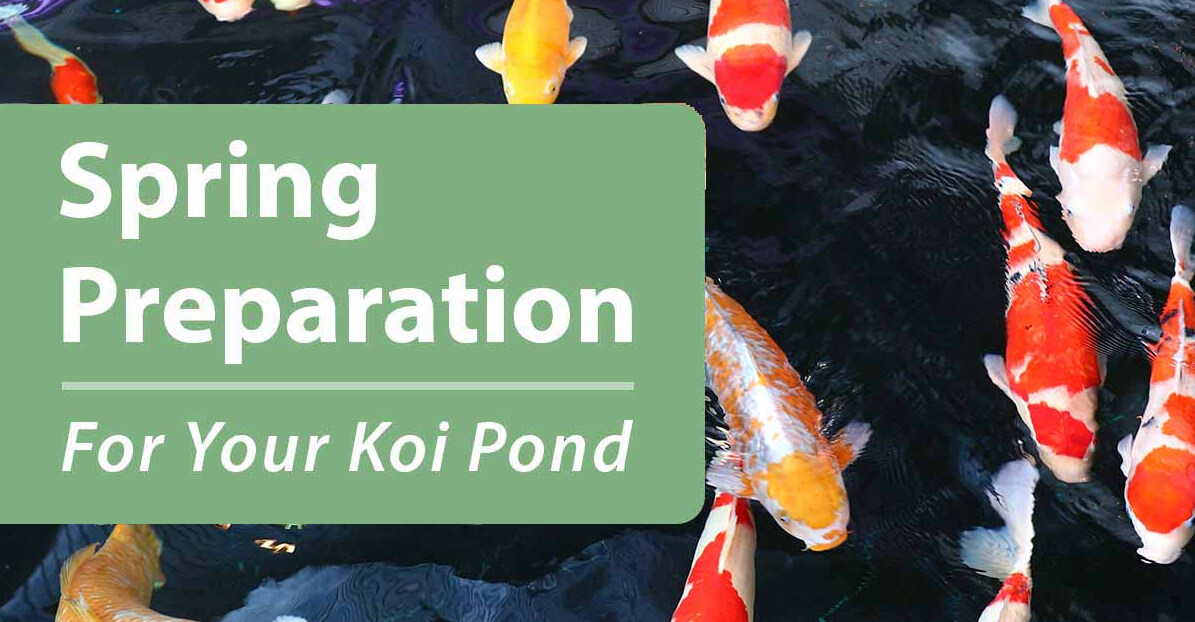With spring right around the corner, you may soon notice some changes in your pond. Your fish will be slowly coming back to life and you may even be able to see some plant growth. When you understand the transition that your pond makes from winter into spring, maintaining a healthy pond will be easy!
You may be starting to plan your pond cleaning soon – or scheduling to have your pond contractor do it for you. Don’t be concerned if you experience new algae growth after your pond is cleaned. It’s normal this time of year as your pond is balancing itself.
Although bacteria and plants don’t start growing properly until water temperature reaches 50°F, there are still some simple steps you can take to maintain a trouble-free pond.
Using EcoBlast Contact Granular Algaecide early in the season is recommended. EcoBlast removes algae on contact and will control both string algae and single-celled floating algae. Ecoblast can be used in any water temperature and throughout the season, but is especially effective in helping maintain optimum water conditions until water is warmer. While using Algaecide it is very important to check pond filters regularly. As the algaecide breaks down algae in your pond it will create floating particulates that will be caught in your filters. Cleaning these on a regular basis is important to maintain a balanced ecosystem.
Algae doesn’t mind cold water, but for the rest of your pond’s ecosystem, 50° F is the target water temperature. The plants and bacteria don’t jump into action until the water temperature reaches, and consistently stays, around 50° F. When the pond temperature rises they are able to start growing and will use up the excess nutrients that the algae would otherwise be using. This is the reason for new spring algae growth.
Plants
Aquatic plants, while growing, absorb much of the nutrients in the water, and this helps combat algae growth. Until they are actively growing, they have no use for the nutrients lurking in the pond. But as they begin growing, they will start to out-compete the algae for these nutrients. This will cause the algae to be starved, and the pond water to become clearer. Another benefit that plants provide is that they shade the surface of the water, helping to keep the water cool, all while cutting down on the growth of string algae as well as green water.
Bacteria
Bacteria also need warmer water to begin growing and colonizing. They will help to provide clear water quality as well as reducing maintenance. You can jump-start the pond in the spring by adding extra bacteria such as Cold Water Beneficial Bacteria. Having rocks and gravel in the bottom of your pond is very important as they help provide surface area for bacteria to grow. A biological filter (found in your skimmer or biofalls) provides optimum conditions for biological filtration in the smallest space possible. The more surface area available for bacteria to grow, the more efficient your biological filter.

Fish
Fish are the most sensitive to water temperature. As pond water warms up, you will see more activity, and may be tempted to feed your fish. Until the water temperature is consistently reaching 50° F, do not feed them. Their metabolism is still running slowly and they are unable to digest the food. If the food is unable to be digested it will begin to decay in the stomach of your fish, causing them to become sick. Once water temperature reaches 50° F, begin with small amounts of a quality fish food formulated for colder water temperature. We recommend Aquascape Premium Cold Water Fish Food Pellets for all pond fish. You can use this food when the water temperature is between 50 and 60° F, after that, you should switch to your regular fish food.

